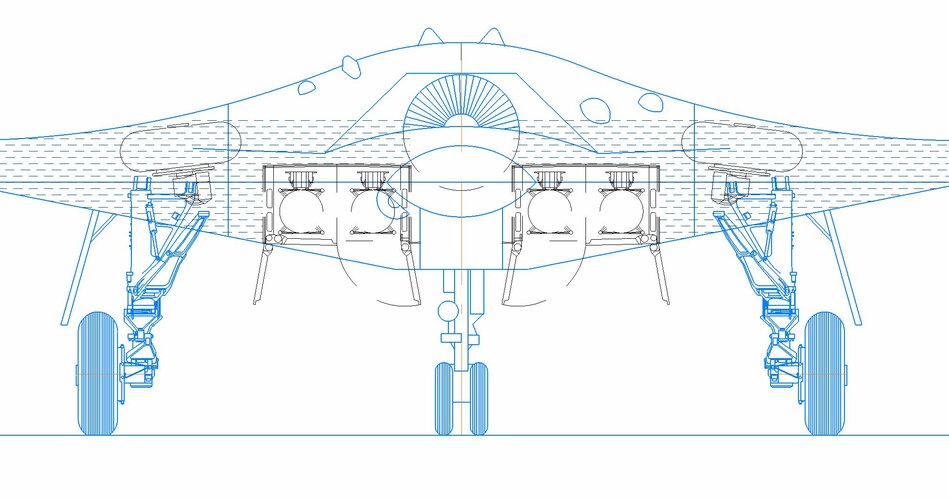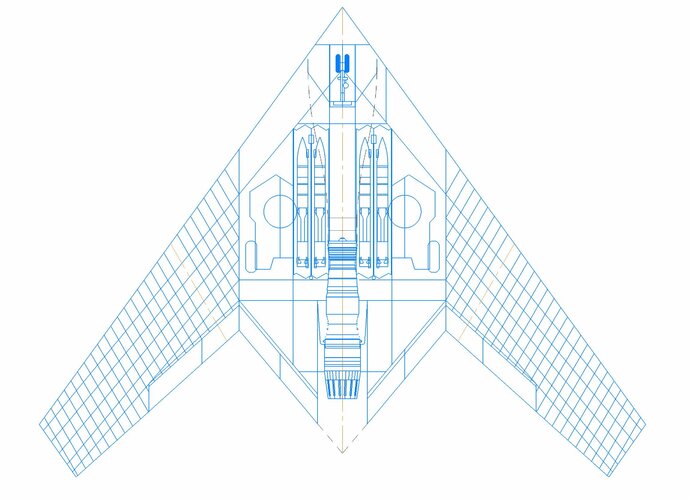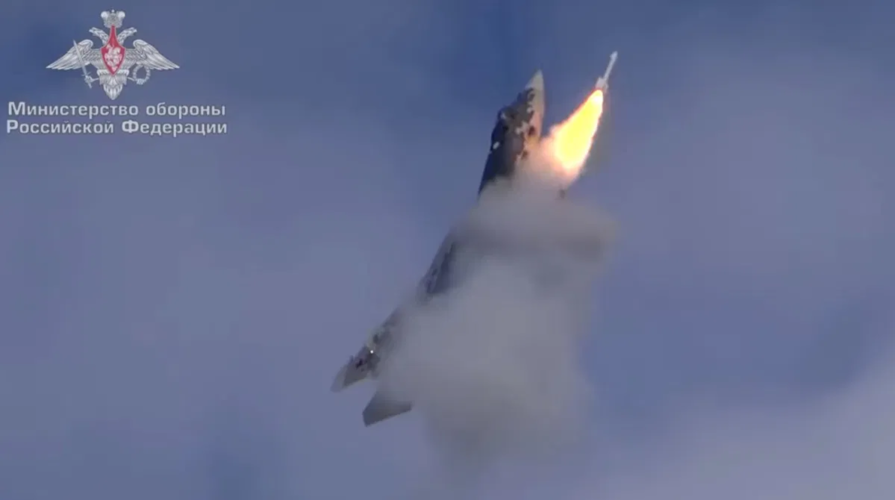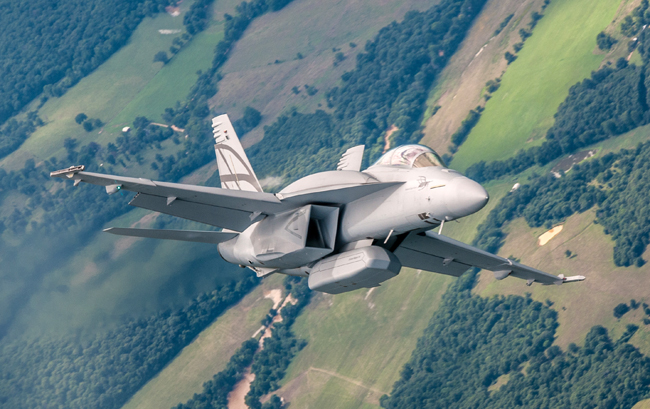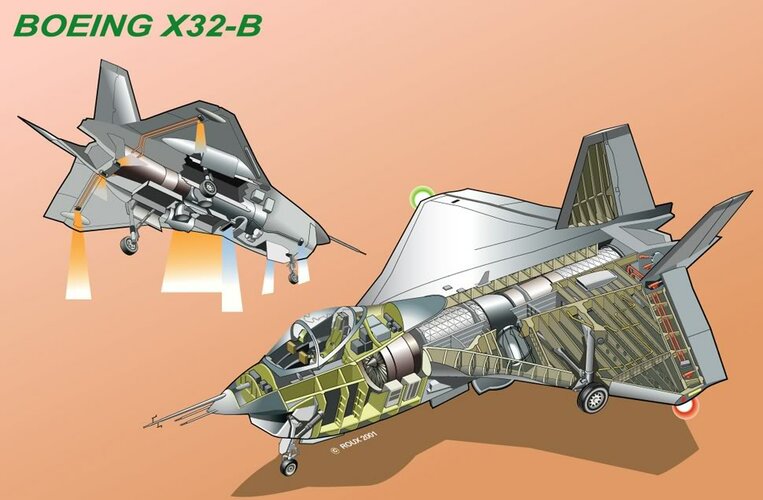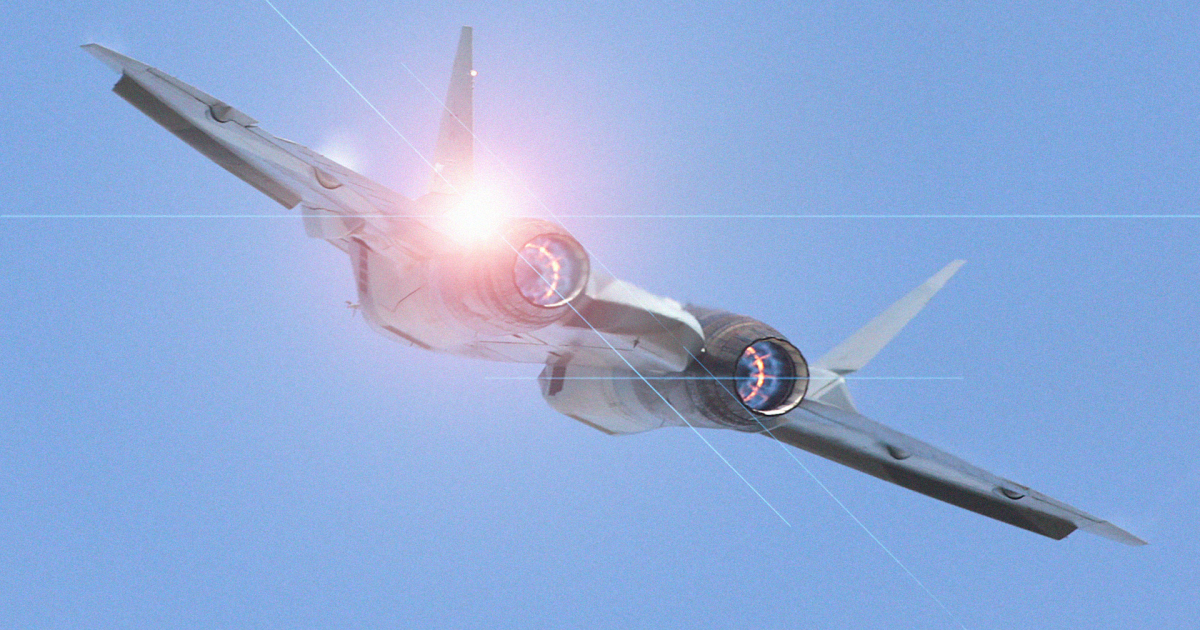tequilashooter
ACCESS: Top Secret
- Joined
- 1 January 2021
- Messages
- 699
- Reaction score
- 895
The payload of the Su-70 is confusing, some sources give it 2000kg some give it this.
Serial "Armata", Su-57 and exoskeletons: Rostec told about the prospects of the military-industrial complex in 2021 (3na5n22lvmj63her4dozpirpk4--naukatehnika-com.translate.goog)
"In parallel, tests of the S-70 Okhotnik heavy unmanned bomber are underway. Sergey Chemezov stressed that the Ministry of Defense "asks to speed up as much as possible" to complete work on the UAV. Recall that the "Okhotnik" is a fifth-generation slave UAV, which can work in conjunction with the Su-57. On the external sling and in bomb compartments, the S-70 can carry up to 8 tons of combat load, which can be delivered to a maximum range of 6,000 km."
The only thing that troubles me is that the 2024 production date sounds too good to be true, like this project just came out of nowhere and has a early date planned. Without a doubt I think Sukhoi might set a record here in terms of a aviation project that is quickly introduced than thrown into service.
Serial "Armata", Su-57 and exoskeletons: Rostec told about the prospects of the military-industrial complex in 2021 (3na5n22lvmj63her4dozpirpk4--naukatehnika-com.translate.goog)
"In parallel, tests of the S-70 Okhotnik heavy unmanned bomber are underway. Sergey Chemezov stressed that the Ministry of Defense "asks to speed up as much as possible" to complete work on the UAV. Recall that the "Okhotnik" is a fifth-generation slave UAV, which can work in conjunction with the Su-57. On the external sling and in bomb compartments, the S-70 can carry up to 8 tons of combat load, which can be delivered to a maximum range of 6,000 km."
The only thing that troubles me is that the 2024 production date sounds too good to be true, like this project just came out of nowhere and has a early date planned. Without a doubt I think Sukhoi might set a record here in terms of a aviation project that is quickly introduced than thrown into service.

